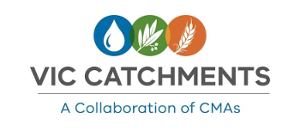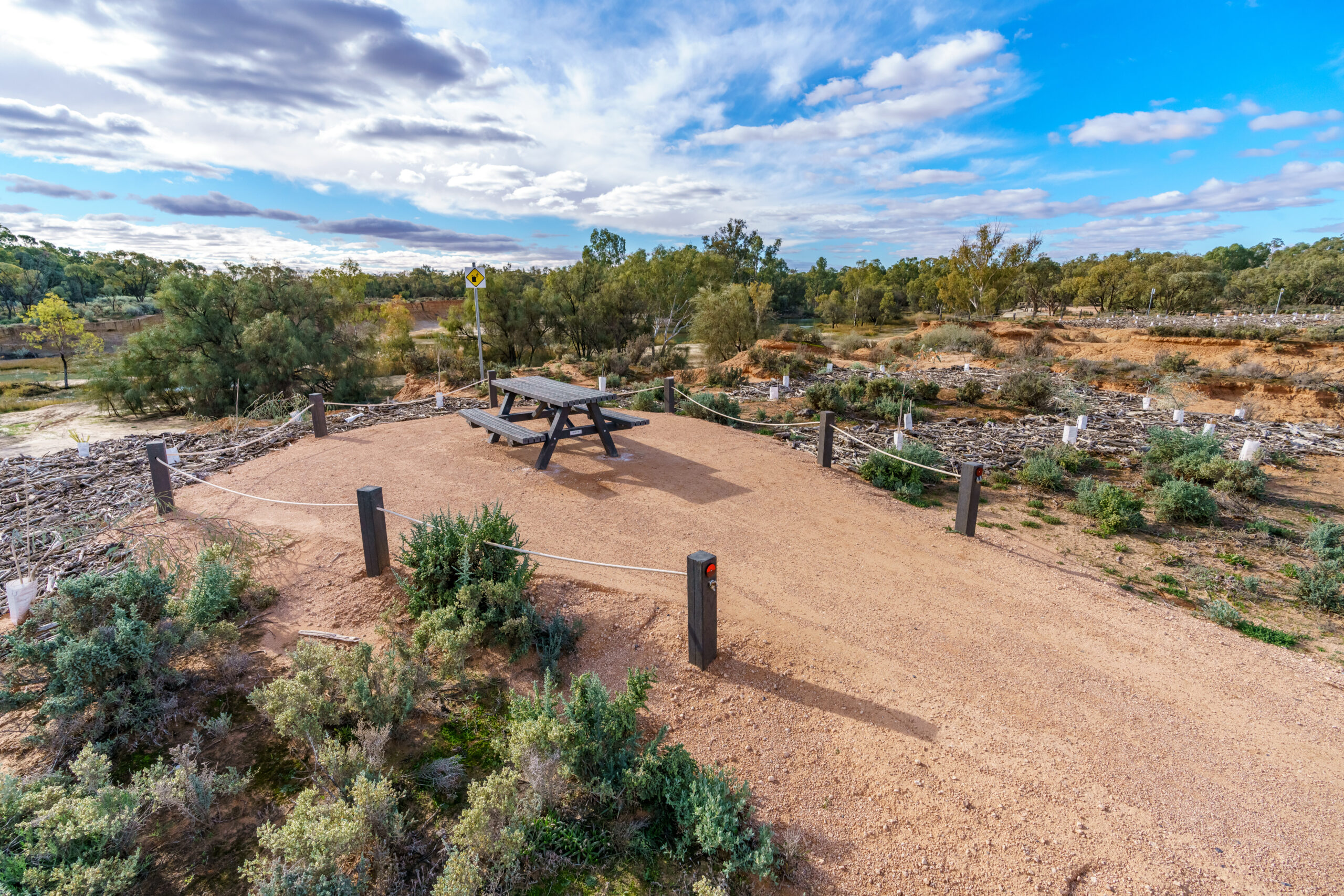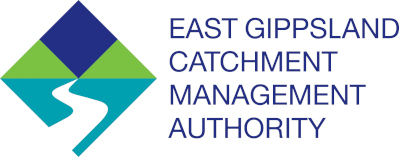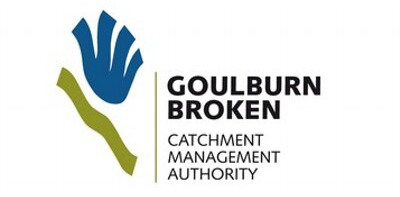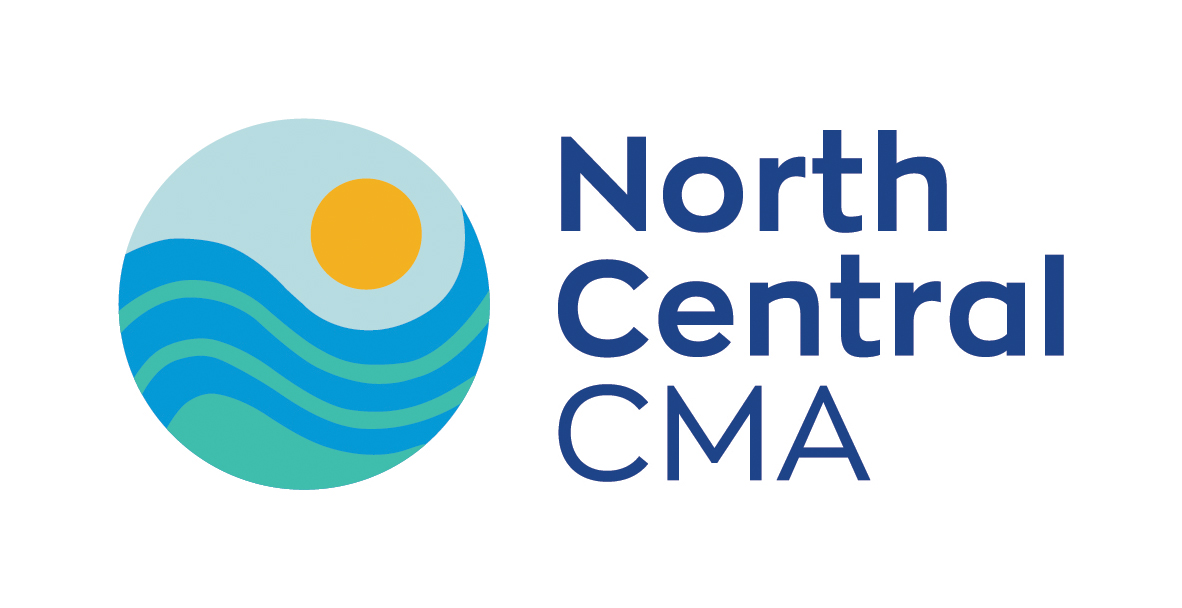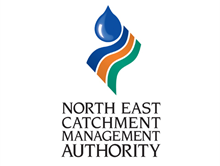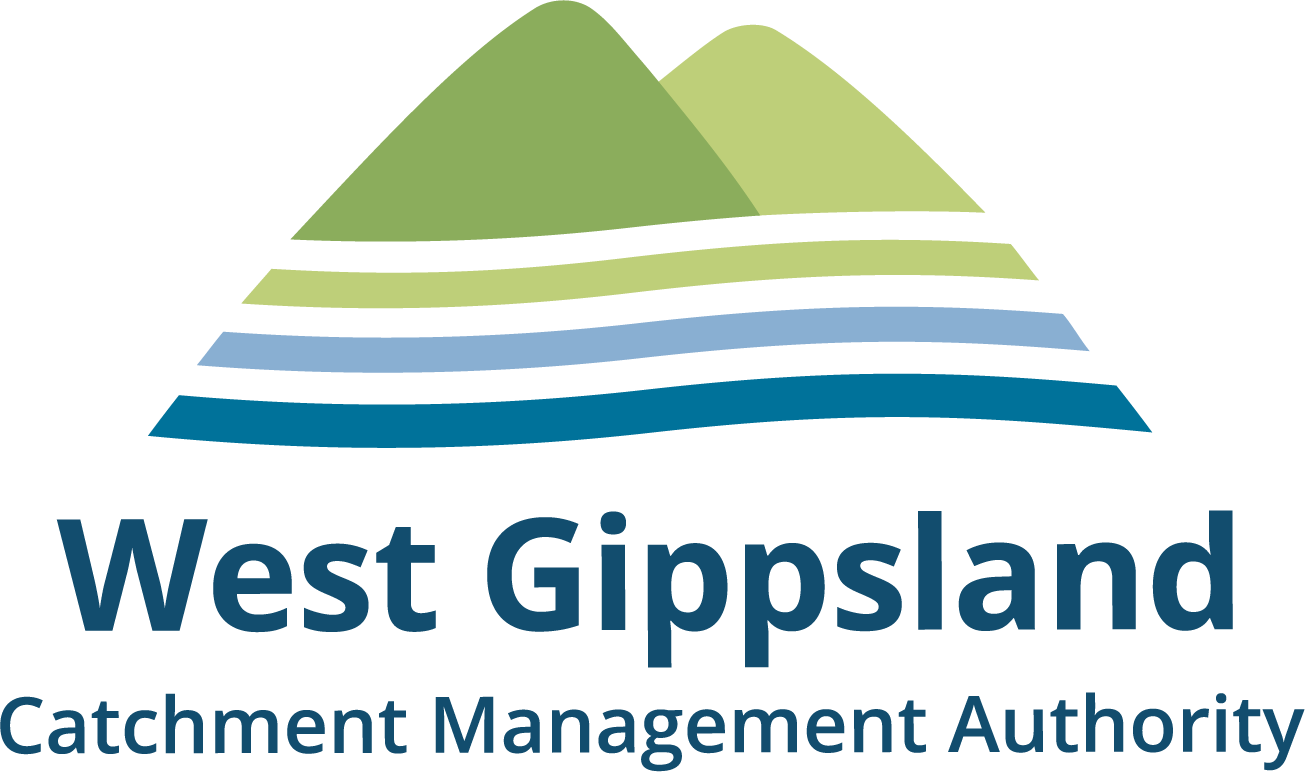Mallee CMA
The Mallee CMA’s primary responsibility is to ensure that natural resources in the region are managed in an integrated and ecologically sustainable way.
The Mallee CMA region covers 3.9 million hectares – about one fifth of Victoria. It is the largest catchment area in the state and runs along the Murray River from Nyah to the South Australian border, and south to the vast dryland cereal and wheat crops of the Wimmera.
Our Future Vision
Healthy and productive lands and water cared for and enjoyed by thriving communities
2023 – 24 Achievements
- Delivered over 420,000 hectares of targeted environmental works to enhance the region’s priority natural, cultural, and productive landscapes. This included Traditional Owner-led practices which have been applied to over 40,000 hectares to manage and heal Country.
- Partnerships underpin our work, with advice and input from stakeholders received through established forums including the Salinity Accountability Advisory Committee, Aboriginal Reference Group, and Land and Water Advisory Committee.
- Completed an Airborne Electro Magnetic (AEM) Survey along 770 kilometres of the Murray River corridor to map saline groundwater and inform future management Priorities.
